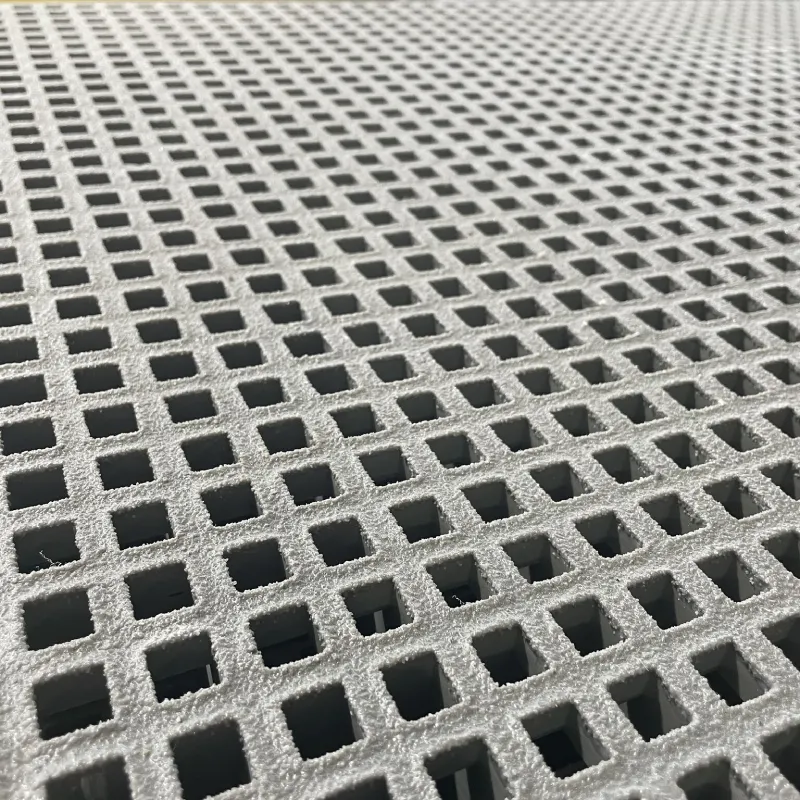loading...
- No. 9, Xingyuan South Street, Dongwaihuan Road, Zaoqiang County, Hengshui, Hebei, China
- admin@zjcomposites.com
- +86 15097380338
- Welcome to visit our website!
Innovative Solutions for Wastewater Treatment Machinery and Technology
Wastewater Treatment Equipment An Overview of Essential Technologies
Wastewater treatment is a critical process in modern society, aimed at mitigating the environmental impact of discarded water from households, industries, and commercial establishments. The primary goal of wastewater treatment is to remove contaminants and impurities, ensuring that the treated water meets safety standards before being released back into the environment or reused in various applications. To achieve this, a variety of wastewater treatment equipment is employed, each serving a specific function in the treatment process.
Types of Wastewater Treatment Equipment
1. Preliminary Treatment Equipment The initial stage of wastewater treatment involves screening and grit removal. This phase is vital for eliminating large solids, debris, and sand, which can harm subsequent equipment. Screens, often made of fine mesh or bars, capture these large objects. Grit chambers, on the other hand, allow heavier particles to settle at the bottom, ensuring a cleaner flow of water enters the next treatment stages.
2. Primary Treatment Equipment In primary treatment, physical processes are used to remove suspended solids through sedimentation. Settling tanks or clarifiers are commonly utilized, where the wastewater is held still, allowing solids to settle to the bottom while lighter materials, such as oils, float to the surface. The settled sludge is then removed for further treatment or disposal, while the effluent moves on to the next stage.
3. Secondary Treatment Equipment This stage focuses on biological processes to break down organic matter. Aeration tanks are widely used, where air is pumped into the wastewater, promoting the growth of bacteria that consume organic pollutants. Different methods, such as activated sludge systems, trickling filters, or membrane bioreactors, can be employed, depending on the specific needs and characteristics of the wastewater. After the biological treatment, secondary clarifiers separate the biomass from the treated water.
waste water treatment equipment

4. Tertiary Treatment Equipment Tertiary treatment is designed to further improve water quality, often to meet strict discharge standards or for water reuse. This stage may involve advanced filtration methods, such as sand filters, cartridge filters, or membrane filtration, as well as chemical treatments, including disinfection processes like chlorination or ultraviolet (UV) treatment. These methods effectively remove remaining contaminants, pathogens, and nutrients like nitrogen and phosphorus.
5. Sludge Treatment Equipment The waste sludge generated during previous treatment stages requires proper handling and disposal. Thickening equipment is used to reduce the volume of sludge, while digesters break down organic material anaerobically, producing biogas that can be harnessed for energy. Dewatering equipment, such as centrifuges or belt presses, eliminates excess water, allowing for easier transportation and disposal of the residual sludge.
Innovations and Trends in Wastewater Treatment
The field of wastewater treatment is continuously evolving, driven by technological advancements and the growing need for sustainable practices. Innovations such as membrane bioreactors, advanced oxidation processes, and electronic monitoring systems are increasingly being integrated into treatment facilities. Furthermore, the emphasis on water reuse applications and resource recovery—from energy generation to nutrient recovery—highlights the shift towards a circular economy in wastewater management.
Conclusion
Wastewater treatment is an indispensable aspect of environmental protection and public health. The various types of equipment used in this process play crucial roles in ensuring that wastewater is treated effectively and responsibly. As technology advances and the importance of sustainable practices grows, the wastewater treatment industry continues to adapt, striving to provide cleaner, safer water for both the environment and society. Embracing these innovations not only addresses the challenges posed by wastewater but also opens up new avenues for resource recovery and efficiency in water management.
-
GRP Structures: The Future of Lightweight, High-Performance EngineeringNewsJun.20,2025
-
FRP Water Tank: High-Performance Storage for Corrosive and Clean Water SystemsNewsJun.20,2025
-
FRP Square Tube: The New Industry Standard for Chemical and Structural ApplicationsNewsJun.20,2025
-
FRP Pultruded Profiles: The Ultimate Choice for Lightweight Structural StrengthNewsJun.20,2025
-
FRP Handrails: The Safer, Smarter, and Stronger Choice for Modern InfrastructureNewsJun.20,2025
-
FRP Grating: The Smart Solution for Durable, Lightweight Industrial FlooringNewsJun.20,2025
-
Why Choose a Galvanized Water Tank for Your Storage NeedsNewsMay.21,2025
